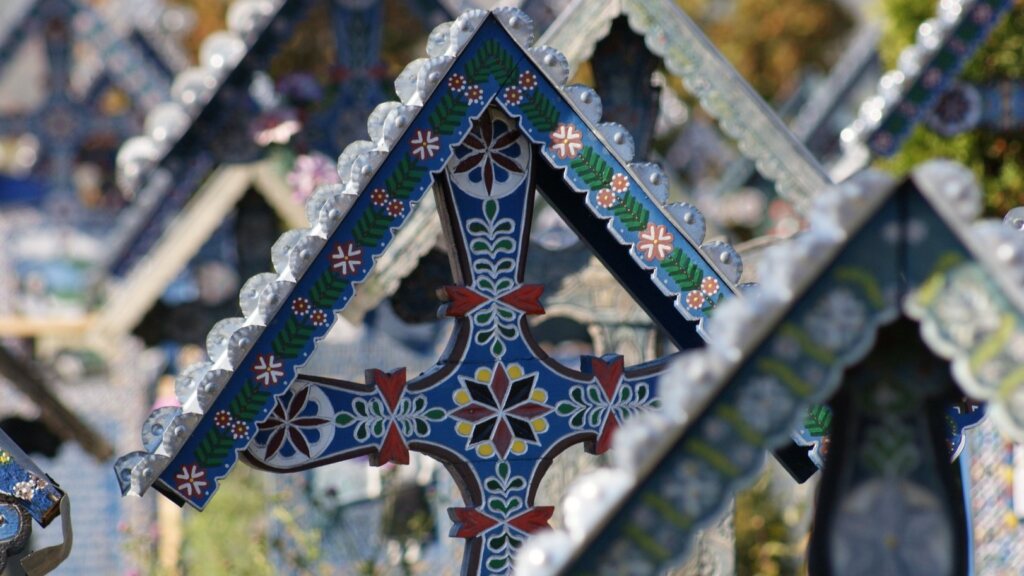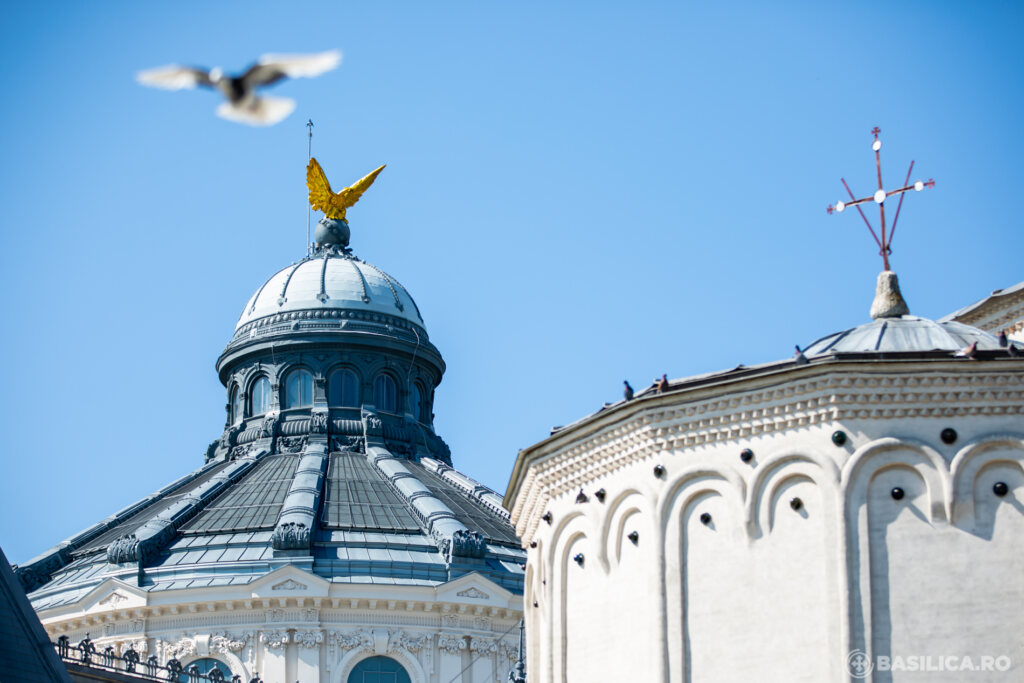The Holy Synod of the Romanian Orthodox Church approved, in its working session from October 25, 2023, the proposal of the Diocese of Southern Bessarabia for the canonization of Protosyncellus Iraclie Flocea (May 11, 1893 – August 16, 1964). The proposal had previously been approved by the Metropolitan Synod of the Metropolis of Bessarabia.
The documentation, the icon and the text of the offices dedicated to this venerable are to be completed until the future working session of the Holy Synod, when their final form will be approved and the proclamation date for his canonization will be established, announced the representatives of the diocese on the official facebook page of the institution.
Bishop Veniamin of Southern Bessarabia published on the diocesan website an article on Protos. Iraclie Flocea’s life and activity.
He was born on March 11, 1893, in Pojorâta, Câmpulung County (in Suceava today), receiving the name Ioan in Baptism. He was seriously wounded during World War I, nearly losing his left hand, but he was miraculously healed by God.
Fulfilling a promise he had made to God while in the trenches, he entered Hârbovăț Monastery in 1917, where he was tonsured into monasticism in 1920, ordained a hierodeacon in 1925 and a hieromonk in 1927.
Monk during the atheist persecutions
“From 1926 to 1930, he went to seminary in Kyshinev, being distinguished by both his academic, publishing and spiritual pursuits and appreciated by the learned professors from the Faculty of Theology,” writes Bishop Veniamin.
Romanian writer Mihail Sadoveanu mentioned Father Iraclie in a report on his visit to the hieromonk’s monastery.
“He was known to his contemporaries as a great orator, skilful confessor, merciful and generous to strangers, devoted to his mission, a speaker of foreign languages, translator and publicist (Russian, Gagauz, German, etc.), a confessor in communist prisons, a connoisseur of the Holy Scriptures, a good church chanter and administrator – facts confirmed by those who studied his life and work”, emphasizes the Bishop of Southern Bessarabia.

“In 1940, when the Romanian administration withdrew, Protosyncellus Iraclie Flocea was appointed diocesan vicar, maintaining the balance until the closing of the monastery, which was enforced three months later. He then went to be a priest in the Nisporeni Parish. Seeing the persecution of priests and monks by the Soviets, from the few possibilities of the parish he sent help to the monks of the Noul Neamț and Hâncu monasteries, giving them money and food, until the return of the Romanian Army in 1941.”
After the liberation of Bessarabia by the Romanian Army, he returned to Hârbovăț Monastery and was involved in the renovation process and in bringing back the monks expelled by the Soviets.
Between 1941 and 1944 he served as exarch of the monasteries of the Archdiocese of Kyshniev, and in March 1944 he was appointed diocesan vicar for the evacuated regions of the Archdiocese.
On August 2, 1945 he was arrested and, on December 17, 1945, sentenced by the Supreme Soviet to 8 years of hard labour in Siberia for propaganda, agitation and calls for the overthrow of Soviet power, according to Article 58, p.10, by which clerics and monks were sentenced without real charges, only because they were Romanian Orthodox and, according to the ideology of the Communist Party, were enemies of the people.
Survivor of the Stalinist Gulag
„In the forced labour camp, like the other clerics, he continued to help and encourage the deportees, he confessed and kept alive the flame of faith, being devoted to serving the Church. He did not renounce his faith or succumb to pressure, which helped him survive and return to Bessarabia, remaining steadfast until the end of his life,” mentions Bishop Veniamin.
He returned to Bessarabia in 1953. He worked as a cashier at Țigănești, Monastery, as a guide to Noul Neamț Monastery – until its closure, in 1962, then spent the last part of his life with a spiritual son in the village of Chițcani (Rep. of Moldova), remaining near the monastery until he passed away on August 16, 1964.
He was buried in the village cemetery, under the watchful eye of the communists, who closely monitored the clergy and especially the monks.
On October 19, 1992, Protosyncellus Iraclie was rehabilitated by the Attorney General of the Republic of Moldova.
Myrrh-gushing remains
Bishop Veniamin also reports a recent wonderful event related to this elder. In 2019, his relatives from Pojorâta, Suceava county, Romania, wanted to bring home his remains, but were not able to and buried them in the cemetery of the New Neamț Monastery.
“At that moment, they took fragments of his remains for the family, which they kept in their house at Pojorâta, where a vigil lamp is burning all the time and a monastic atmosphere can be felt. On August 16, 2022, the commemoration day of his departing to the Lord, his remains gushed myrrh, which scared them,” the bishop recounts.
“After we discused, based on this fact, we started to document Protosyncellus Iraclie Flocea’s life and activity,” says His Grace Veniamin.
„Researching his work and activity, we found that Father Iraclie had a holy life, was a monk by vocation and a tireless missionary, preacher and confessor, a sufferer in communist prisons and a miracle worker, steadfast and faithful to the service he assumed, that he did not leave Bessarabia, but remained until the end of his life a monk and moreover, despite the hardships, he preached the Gospel, bringing many to Christ,” writes the hierarch.
Another Romanian Orthodox priest from Bessarabia to be canonized by 2025 is the martyred priest Alexandru Baltagă, who lost his life in a camp in Kazan (today’s Tatarstan) for being among those who voted for the union of Bessarabia with Romania in 1918.
Several names of priests and monks who were confessors and lived holy lives are proposed for canonization in 2025, when the Romanian Orthodox Church celebrates 140 years of autocephaly and 100 years of patriarchal status.
Photo source: Diocese of Southern Bessarabia
Follow us on Twitter: @BasilicaNews






